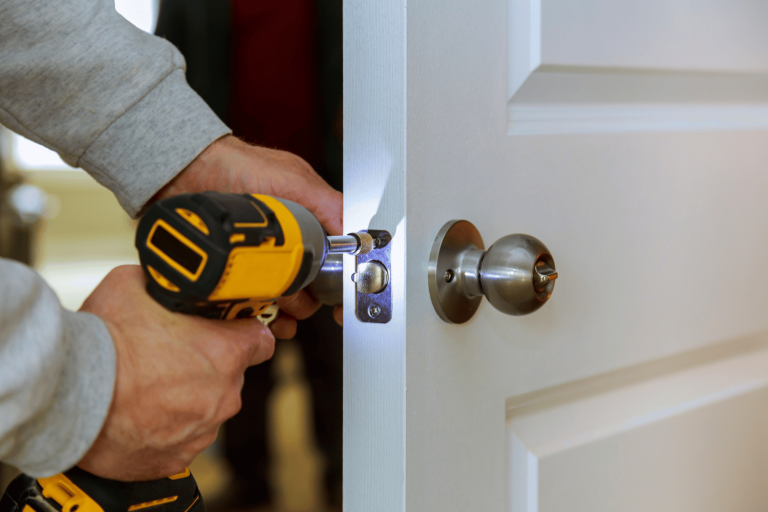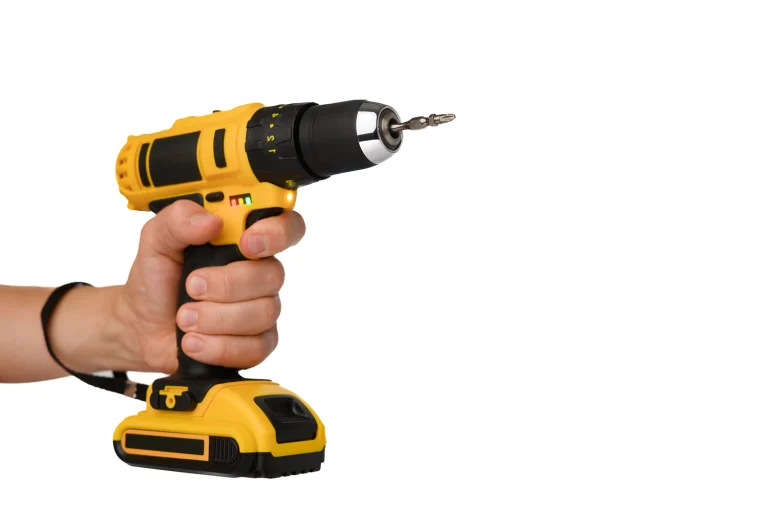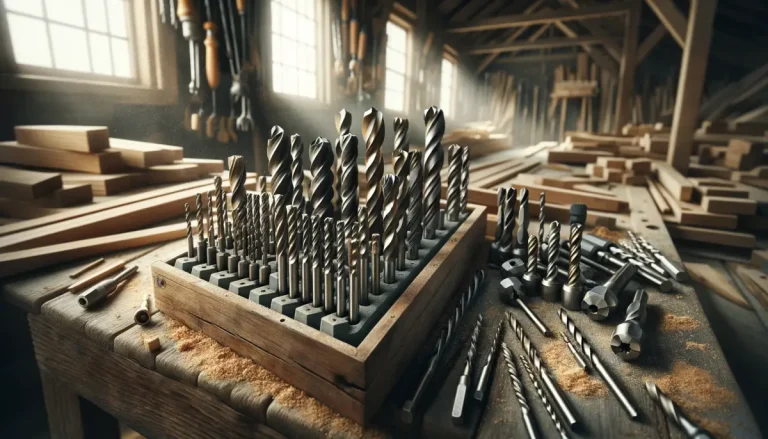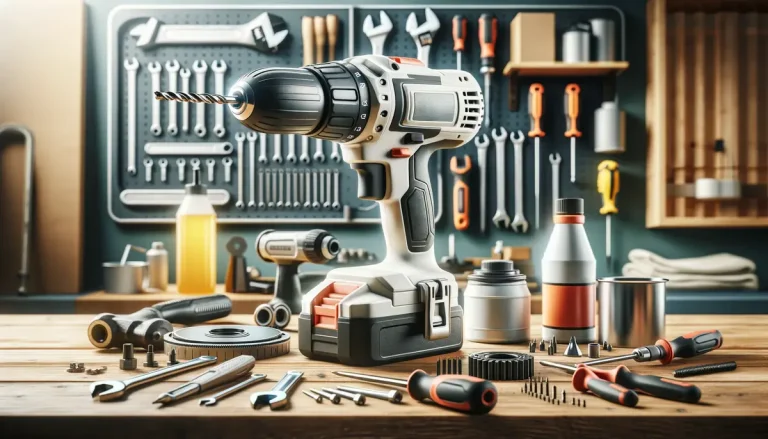Impact Driver vs. Drill: Are You Using the Wrong Tool?
Welcome to our guide on the differences between impact drivers and drills. As a DIY enthusiast or professional tradesperson, you may be familiar with these two power tools and their uses, but do you know the key differences between them? In this article, we will explore the features of each tool, their benefits and limitations, and help you determine which one is best suited for your next project.
Knowing the differences between impact drivers and drills is crucial for any individual who wants to get the job done quickly, efficiently, and effectively. Using the right tool for the job can save you time and money, prevent damage to your materials, and ensure the safety of yourself and others around you. In the following sections, we will delve into the unique features of impact drivers and drills, their advantages, and the projects where each tool excels.
So, whether you are a beginner or a seasoned professional, keep reading to learn everything you need to know about these two essential power tools.
Impact Driver vs. Drill: What’s the Difference?
An impact driver and a drill may look similar at first glance, but they are actually two distinct power tools with unique features and uses.
What is an Impact Driver?
An impact driver is a power tool that is designed to provide high torque output with minimum exertion from the user. It is commonly used for driving screws, nuts, and bolts into hard materials such as wood, metal, and masonry.
What is a Drill?
On the other hand, a drill is a power tool that uses rotating motion to bore holes into different materials. It is designed to be versatile, with different drill bits that can be attached to the chuck for various purposes, including drilling holes and driving screws.
Key Differences
The key differences between impact drivers and drills are the amount of torque they produce and their rotational motion. Impact drivers are more powerful and produce greater torque than drills, making them ideal for heavy-duty tasks such as driving long screws and bolts into tough materials. In contrast, drills are more versatile and can be used for a wider range of tasks, including drilling holes of different sizes and shapes.
Benefits of Each
Each tool has its own set of benefits depending on the task at hand. Impact drivers excel at fastening long screws and bolts, making them a popular choice for construction work and DIY projects. They also require less user effort, reducing user fatigue and allowing for longer periods of use. On the other hand, drills are versatile and can be used for a wider range of applications, including drilling precise holes and working with delicate materials.
Overall, understanding the differences between impact drivers and drills is crucial in selecting the right tool for the job. Keep reading to learn more about the unique advantages of each tool and the projects where they excel.
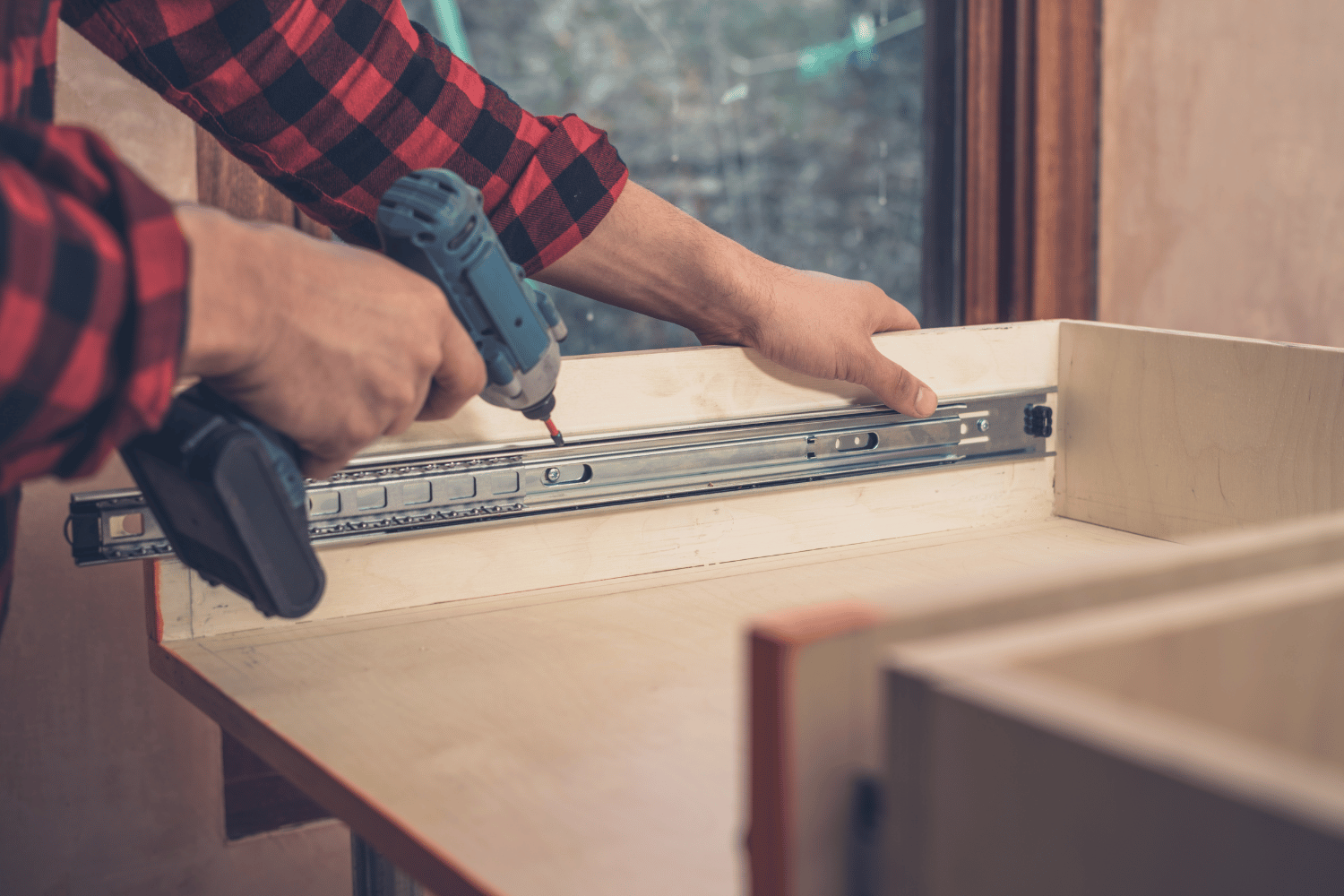
Impact Drivers: Advantages and Uses
Now that we’ve covered the basics of impact drivers and drills, let’s dive into the advantages and uses of impact drivers.
How Do Impact Drivers Work?
Impact drivers work by using a combination of rotational motion and concussive blows to drive screws, nuts, and bolts into hard materials. When you pull the trigger, the motor spins the driver bit in a rapid, repetitive motion, which creates a series of small, concussive blows. This hammering action provides high torque output, making it easier to drive fasteners into tough materials without stripping the screws or damaging the material.
Types of Impact Drivers
There are several types of impact drivers available on the market, each with unique features and capabilities. Here are some of the most common types:
- Cordless Impact Drivers: A cordless impact driver is the most popular type, as they are portable, lightweight, and convenient to use. They run on rechargeable battery power, making them ideal for use on job sites where access to power may be limited.
- Corded Impact Drivers: Corded impact drivers are typically more powerful than cordless models and can handle heavy-duty applications. However, they require access to a power outlet, which can limit their portability.
- Brushless Impact Drivers: These impact drivers use brushless motors to increase their efficiency and durability. They are often more expensive than traditional impact drivers but can provide longer runtime and better performance.
- Right Angle Impact Drivers: Right angle impact drivers are designed for use in tight spaces where a regular impact driver cannot fit. They have a unique design that allows them to access hard-to-reach areas, making them ideal for automotive and plumbing applications.
When selecting an impact driver, it’s essential to consider your specific needs and the type of work you’ll be doing. By understanding the different types of impact drivers available, you can make an informed decision and choose the tool that is best suited for your needs.
Impact Driver Advantages
The advantages of using an impact driver are numerous. Firstly, impact drivers provide more torque than drills, which means they are better suited for heavy-duty tasks. They can drive long screws and bolts into hard materials with ease, making them ideal for construction work and home improvement projects. Additionally, they require less physical effort from the user, which reduces user fatigue and allows for longer periods of use.
Impact Driver Uses
Examples of projects where an impact driver is the better tool include building decks and outdoor structures, assembling furniture, and installing cabinets or shelves. These tasks require the use of long screws or bolts, which can be difficult to drive using just the rotational force of a regular drill. With an impact driver, you can easily drive these fasteners into place without stripping the screw heads or damaging the material.
Impact drivers are a powerful tool that provide high torque output and require less user effort. They excel at driving long screws and bolts into hard materials, making them ideal for construction work and home improvement projects. Keep reading to learn about the advantages and uses of drills.
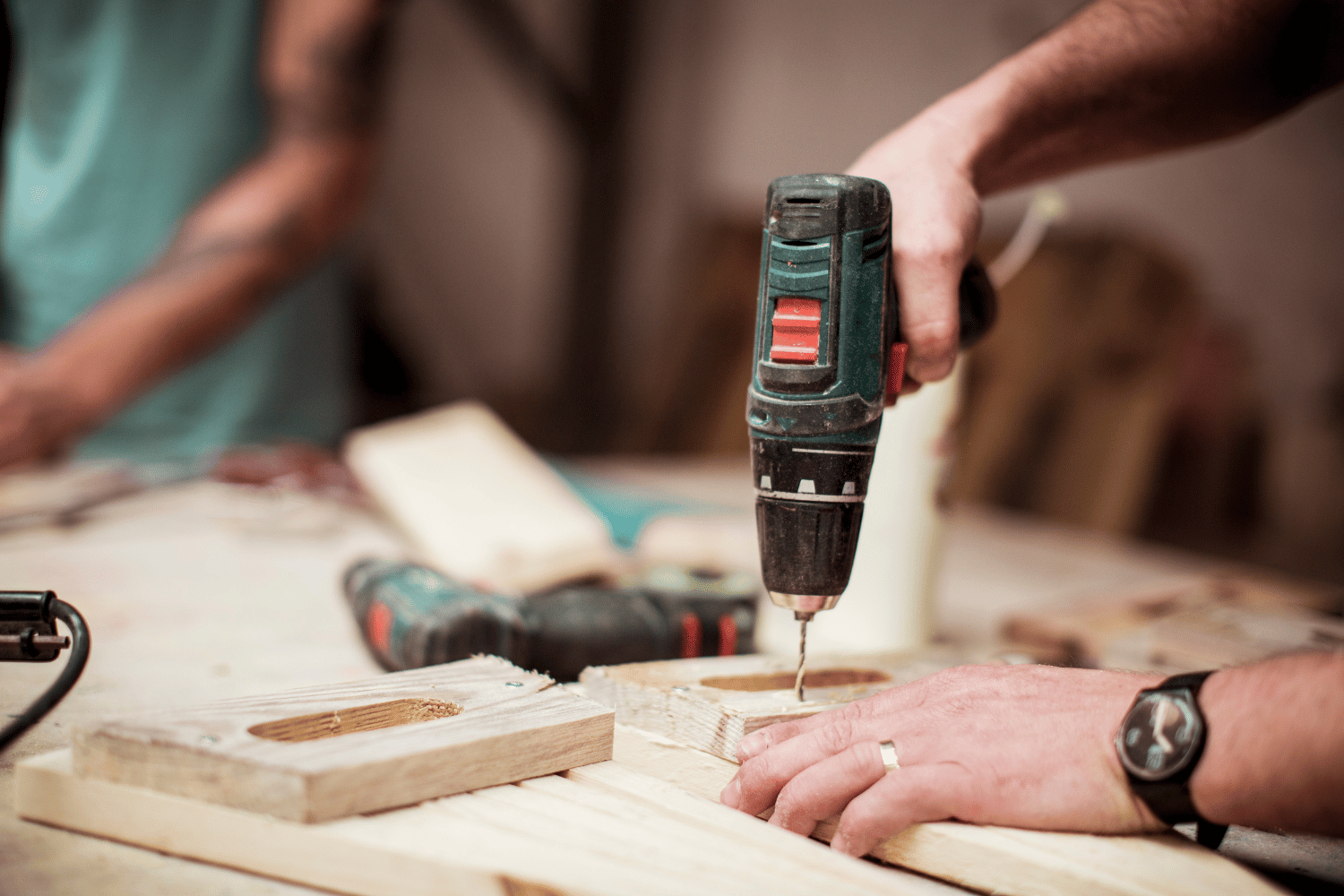
Drills: Advantages and Uses
Let’s now take a look at the advantages and uses of drills.
How Do Drills Work?
Drills work by using rotational motion to bore holes into different materials. The chuck of the drill holds a drill bit, which rotates at high speeds when the trigger is pulled. This rotation creates the necessary force to drill holes of various sizes and shapes in materials like wood, metal, and plastic.
Types of Drills
There are several types of drills available on the market, each with unique features and capabilities. Here are some of the most common types:
- Corded Drill: Corded drills are typically more powerful than cordless models and can handle heavy-duty applications. They require access to a power outlet, which can limit their portability.
- Cordless Drill/Driver: These are the most popular type of drills, as they are portable, lightweight, and convenient to use. They are powered by rechargeable batteries, making them ideal for use on job sites where access to power may be limited.
- Hammer Drill: Hammer drills are designed for drilling through concrete, brick, and other hard materials. They use a hammering motion in addition to the rotary motion of a regular drill, allowing them to break through tough surfaces.
- Right Angle Drill: Right angle drills are designed for use in tight spaces where a regular drill cannot fit. They have a unique design that allows them to access hard-to-reach areas, making them ideal for plumbing and electrical work.
- Impact Drill: Impact drills are similar to regular drills but also have a hammering action that helps to drive screws and bolts into tough materials. They are more powerful than regular drills, making them ideal for heavy-duty applications.
When selecting a drill, it’s essential to consider your specific needs and the type of work you’ll be doing. By understanding the different types of drills available, you can make an informed decision and choose the tool that is best suited for your needs.
Drill Advantages
The advantages of using a drill are numerous. Firstly, drills are versatile and can be used for a wide range of tasks. They can drill holes of various sizes and shapes, making them a valuable tool for both construction work and DIY projects. Secondly, drills are often smaller and more lightweight than impact drivers, making them easier to maneuver in tight spaces. Additionally, some drills have a clutch mechanism, which allows users to adjust the torque output for more precise driving.
Drill Uses
Examples of projects where a drill is the better tool include installing shelves or cabinets, drilling holes for wiring or plumbing, and assembling furniture. These tasks require the use of different drill bits, which can be easily attached to the drill chuck to perform the necessary drilling tasks. Drills are also great for working with delicate materials that could be damaged by the hammering action of an impact driver.
Drills are versatile and can be used for a wide range of tasks, including drilling holes of different sizes and shapes and working with delicate materials. They are also often smaller and more lightweight than impact drivers, making them easier to maneuver in tight spaces. Keep reading to learn about the factors to consider when choosing between an impact driver and a drill for your next project.
Which Tool is Right for You?
Now that we’ve discussed the advantages and uses of both impact drivers and drills, it’s important to consider which tool is right for you. There are several factors to consider when choosing between an impact driver and a drill.
Firstly, consider the task at hand. If you’re working with long screws or bolts and hard materials, an impact driver may be the better tool. If you’re drilling holes of different sizes and shapes or working with delicate materials, a drill may be the better option.
Secondly, consider your personal preferences. Impact drivers are often heavier and noisier than drills, which could be a concern for some users. Drills are typically more lightweight and easier to handle, making them a popular choice for beginners and DIY enthusiasts.
Thirdly, consider the power source. Both impact drivers and drills are available in corded and cordless options. Corded tools typically provide more power, but limit your mobility. Cordless impact drivers and drills, on the other hand, are more portable but may require battery replacements or recharges.
When choosing the right tool for the job, it’s important to consider all of these factors and determine which tool is best suited for your needs. If you’re unsure which tool to use, consider seeking advice from a hardware store expert or researching online to find the best tool for your specific project.
Choosing between an impact driver and a drill depends on several factors, including the task at hand, personal preferences, and power source. By considering these factors, you can determine which tool is best suited for your needs and complete your project with ease and efficiency.
Tips for Proper Use and Maintenance
Now that you have a better understanding of the differences between impact drivers and drills, let’s discuss some tips for proper use and maintenance of these power tools.
Safety Considerations
Safety should always be a top priority when using power tools. Make sure to wear appropriate safety gear, such as eye protection and gloves, to avoid injury. Always read the user manual and follow the instructions carefully to prevent accidents.
Maintenance Tips
Proper maintenance is also essential to ensure the longevity of your impact driver or drill. Regularly clean the tool after use to prevent dust and debris buildup. Check the tool’s power source and battery regularly to ensure it is functioning correctly and replace or recharge as necessary.
Tips for Use
To get the most out of your impact driver or power drill, consider the following tips. When using an impact driver, make sure to use the appropriate size and type of bit for the task at hand. Use the appropriate setting to adjust the torque output and prevent damage to the material being worked on. When using a drill, make sure to use the appropriate drill bit for the material being drilled and adjust the speed and torque as necessary.
It’s also a good idea to practice on scrap materials before starting your actual project. This can help you get a feel for the tool and prevent mistakes that could damage your workpiece.
Safety should always be a top priority when using power tools. Proper maintenance is essential to ensure the longevity of your impact driver or drill. To get the most out of your tool, make sure to use the appropriate size and type of bit, adjust the torque and speed as necessary, and practice on scrap materials before starting your project. By following these tips, you can use your impact driver or drill safely and efficiently to complete your projects with ease.
Final Thoughts
Impact drivers and drills are both powerful and versatile tools that can be used for a variety of projects. While they may seem similar, they have distinct differences that make each tool better suited for certain tasks.
To recap, impact drivers are designed for tasks that require high torque and are ideal for driving screws and bolts into tough materials. Drills, on the other hand, are more versatile and can be used for drilling holes, driving screws, and even mixing paint or drywall mud.
It’s essential to choose the right tool for the job to achieve the best results. By understanding the differences between impact drivers and drills, you can make an informed decision and select the tool that is best suited for your needs.
In addition, it’s crucial to prioritize safety and proper maintenance when using power tools. By following the manufacturer’s instructions and using the appropriate safety gear, you can prevent accidents and ensure the longevity of your impact driver or drill.
Both impact drivers and drills have their advantages and uses. Choosing the right tool for the job and using it safely and correctly can help you achieve professional-level results and make your DIY projects more efficient and enjoyable.


